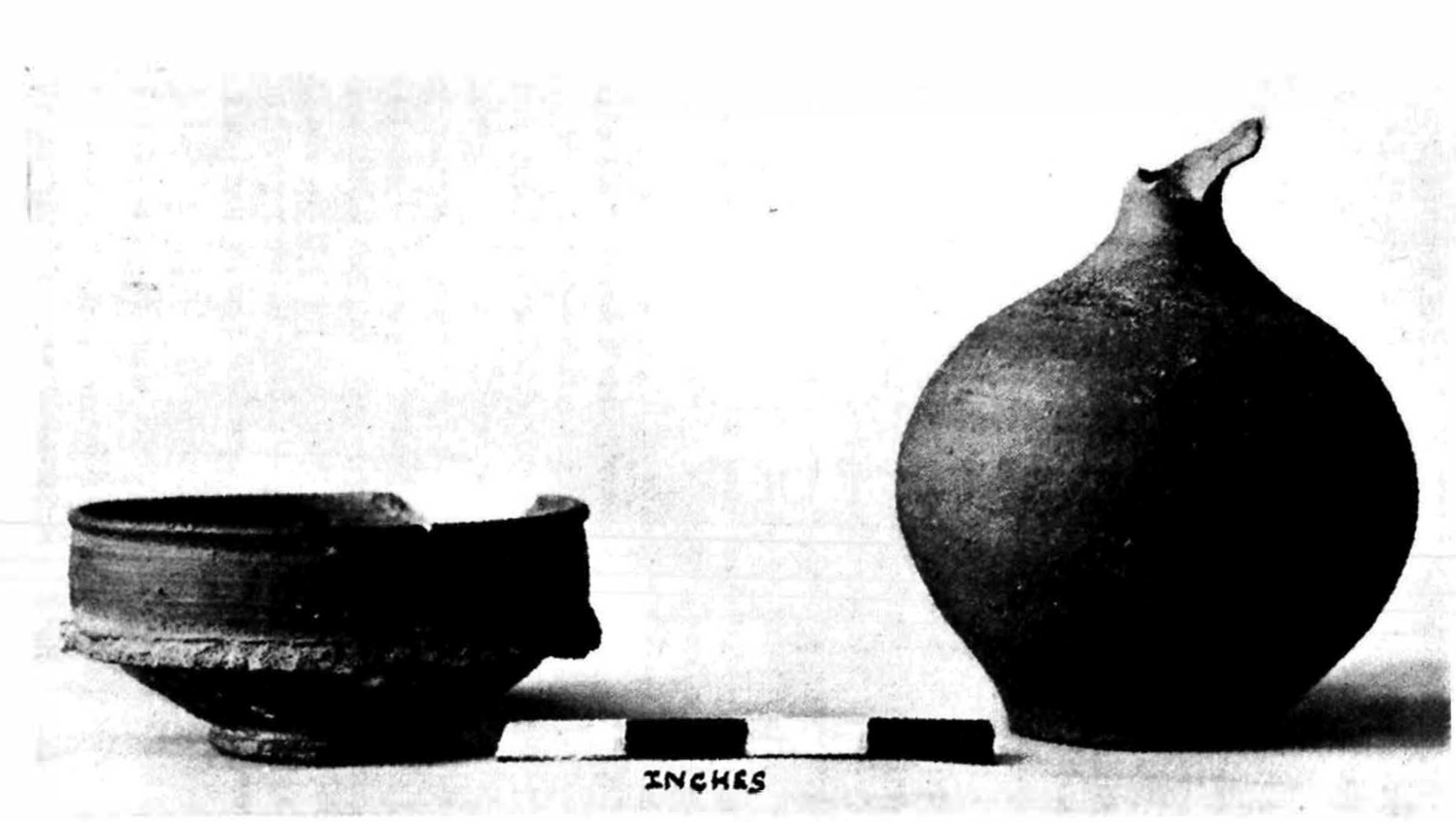
Notes and Discoveries: Find of flint instruments and workshop at Frindsbury; A Roman burial at Halling
Search page
Search within this page here, search the collection page or search the website.
Eastry Wills - And to Fey
Reviews
Notes and Discoveries: Find of flint instruments and workshop at Frindsbury; A Roman burial at Halling
( 183 )
FIND OF FLINT INSTRUMENTS AND WORKSHOP
AT FRINDSBURY.
A•1• the beginning of April 1925 an announcement was made
in the press of an important "find," ma.de ne1Lrly eighteen
months previously, in a cement quarry near Fl'indsbm·y
Church. Among those associated with this .find were
Mr. W. H. Cook and Mr. J. R. Killick, the first discoverers
of the flints, and Sir Arthur Keith, F.R.S., Reg. A. Smith,
Esq., B.A., of the British Museum, 0. G. S. Crawford, Esq.,
B.A., Archreol. Officer of the Ordnance Survey, Dr. E. A.
Horton of the Peabody Museum, Harvard, and Dr. G. C.
Simmons of Newbury. The flints were found in a saucershaped
depression some 4 ft. 6 in. in depth and 50 ft. across,
which was entirely filled by a dark brown clayey brick-earth.
The find is thus described in the Chatham News: "At the
finish of the work, the depression being complet.ely cleared,
it ,vas found tha.t the flint heaps numbt>red no less than
seventeen. These heaps, ·w liich rested on a furrowed sm·face
of the chalk within the depression, were of a size varying
from 2 ft. to 3 ft. in height aud 1 ft. 6 in. to 2 ft. in diameter,
a,nd were made up of hand-a,xes of St. Acheul II. type;
large flint flakes, 111ostly without secondary working·; hammerstones
of quartzite; numbers of massive core-pieces, from
,vhich the flakes had been struck; together with large flint
modules-the raw material. The spoil amounted to upwards
of four thousand stone tools and weapo11s, and although
much of the excavated material was wasued and sieved, not
a vestige of org·anic remains was fouud, nothing excpt the
flint artifocts shaped by man's ha.nd in mid-Pleistocene
times and left in small heaps by the bank of the ancient
Medway eventually to become coverd by the flood-loam of
that old river."
18-.t NOTES AND lllSCOVEHIES.
An account of their discovery has beeu published by
Mr. W. H. Cook and Mr. J. R. Killick in the Proceedings of
tlte P1·ehistoric Society of East Anglia, YOl. iv., part, 2, 1924,.
s.w.w.
18-.t NOTES AND lllSCOVEHIES.
A ROMAN BURIAL AT HALLING.
IN May 1026 workmen of the British Po1·tland Cement
Company engaged in trencbiug ground preparatory to ·
blasting ou the ede of Lees Great Quarry (Roulder Quarry,
O.S.), Halling, unearthed a quantity of human bones and
some pottery. The exact site was some 30 yards 8. W. of
-tbe south-westernmost corner of Clemf:'nt's Farm buildings,
and since for many years a footpath had passed over the
:place, there was presumably no surface indication of a burial.
'rhe discovery was not made until the debris was being
l'emoved to n. soil heap, consequeutly no stratificat.ion can be
:given, but the workmen were confident that bones and
-pottery were together and not spread over an area. Also
at the time, the trench had been dug below the surface soil,
:and into the chalk, about four feet from the surface; this
being confirmed by the condition of the objects, to which
-chalk still persistently adheres.
Dr. Cole of West Malling drew the writer's attention
to the find, and, at the suggestion of both, the bones and
poth·ry were sent to Sir .Arthur Keith, F.R.S., for identifica:.
6011. He l1as very courteously furnished u. xeport on the
bones, printed below.
The potte1 y co11sists of a s.ma.ll flask, a bowl, and two
shards.
'l'he flask (17·4 ems. high, ll·3 ems. diameter) is of hard
bnff-br-oll'n clay, twice banded on the shoulder with a c.-reain
·slip, and intact save for the greate1· part of the mouth-piece.
The bowl (5 ems. high, 11 ems. diameter) is of fumed
grey-black ware in imitation of a, Samian form (c/. S. N.
Miller, The Roman Fort at Balmuildy, pl. xxxviii., No. 11).
Pottery from a l
